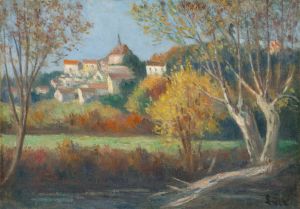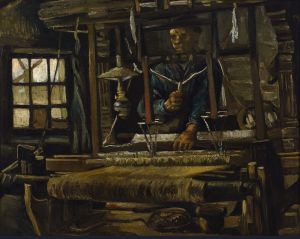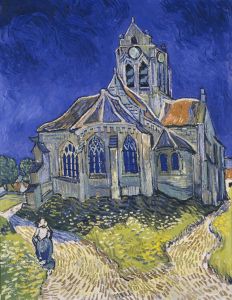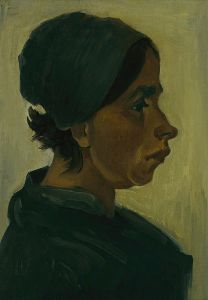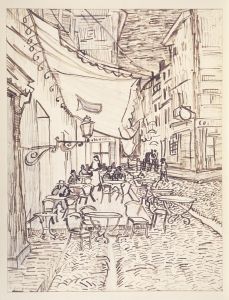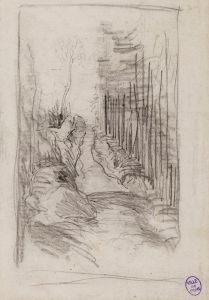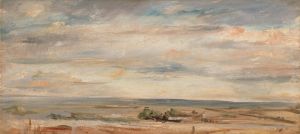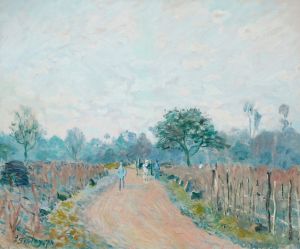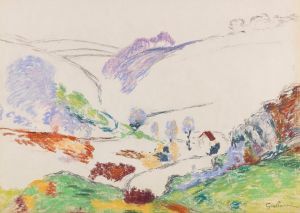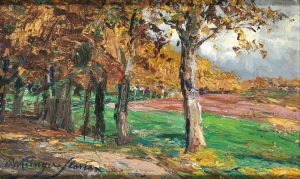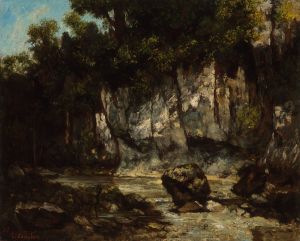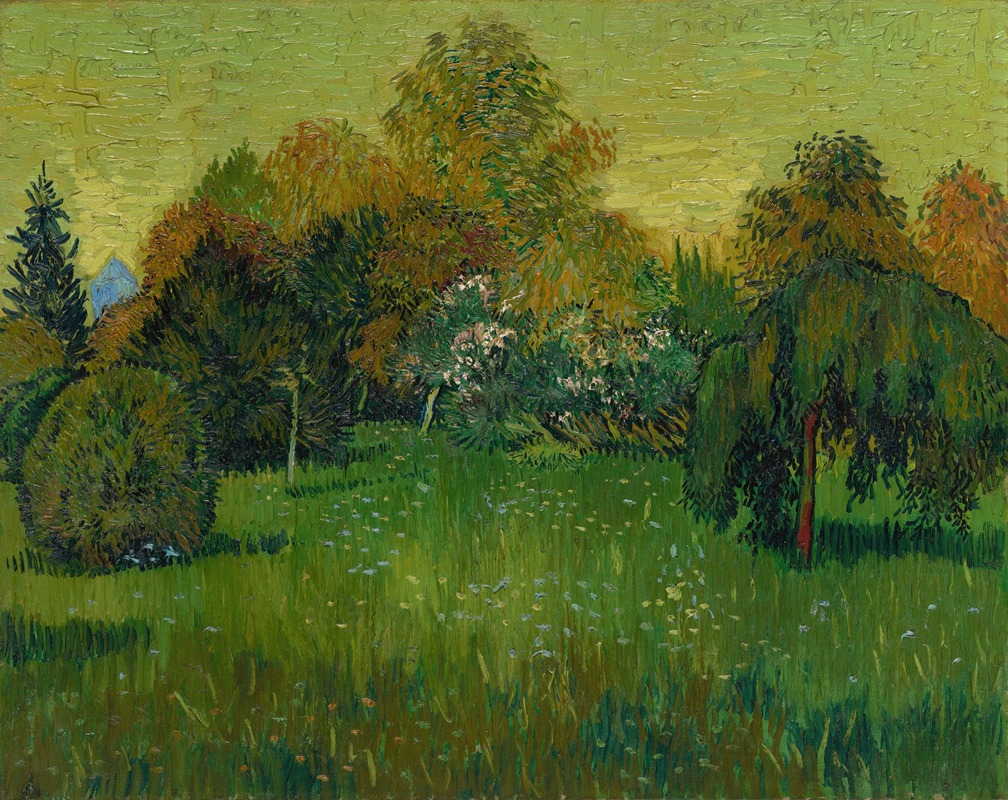
The Poet’s Garden
A hand-painted replica of Vincent van Gogh’s masterpiece The Poet’s Garden, meticulously crafted by professional artists to capture the true essence of the original. Each piece is created with museum-quality canvas and rare mineral pigments, carefully painted by experienced artists with delicate brushstrokes and rich, layered colors to perfectly recreate the texture of the original artwork. Unlike machine-printed reproductions, this hand-painted version brings the painting to life, infused with the artist’s emotions and skill in every stroke. Whether for personal collection or home decoration, it instantly elevates the artistic atmosphere of any space.
"The Poet's Garden" is a painting by the renowned Dutch artist Vincent van Gogh, created in 1888 during his time in Arles, France. This period is often referred to as Van Gogh's Arles period, which is marked by his prolific output and the development of his distinctive post-impressionist style.
The painting depicts a garden scene with a variety of vibrant colors and dynamic brushstrokes, characteristic of Van Gogh's work during this time. The garden is believed to be inspired by the public gardens in Arles, where Van Gogh spent a considerable amount of time painting and drawing. The composition includes a path leading through the garden, flanked by trees and flowering plants, with a background of buildings and a clear sky. The use of bold, contrasting colors and expressive lines captures the essence of the garden and reflects Van Gogh's emotional response to the natural beauty he observed.
Van Gogh moved to Arles in February 1888, seeking the bright light and vibrant colors of the South of France, which he hoped would inspire his work. During his stay, he created numerous paintings of the local landscape, including gardens, fields, and the famous sunflower series. "The Poet's Garden" is one of the many works that showcase his fascination with nature and his ability to convey its beauty through his unique artistic vision.
The title "The Poet's Garden" suggests a connection to literature and the creative spirit, which Van Gogh greatly admired. He was an avid reader and had a deep appreciation for poetry and literature, often drawing inspiration from the works of writers such as Charles Dickens, Émile Zola, and Victor Hugo. The garden in the painting can be seen as a metaphor for the creative process, a place where ideas and emotions flourish and take shape.
Van Gogh's time in Arles was also marked by his collaboration with fellow artist Paul Gauguin, who joined him in the "Yellow House" in October 1888. Their partnership was intense and ultimately tumultuous, leading to a dramatic breakdown in their relationship. Despite the personal challenges he faced, Van Gogh's artistic output during this period was remarkable, and "The Poet's Garden" stands as a testament to his enduring talent and vision.
Today, "The Poet's Garden" is held in high regard as an example of Van Gogh's mastery of color and composition. It is part of the collection at the Art Institute of Chicago, where it continues to be admired by art enthusiasts and scholars alike. The painting remains a significant piece in the study of Van Gogh's work and his contribution to the post-impressionist movement.





